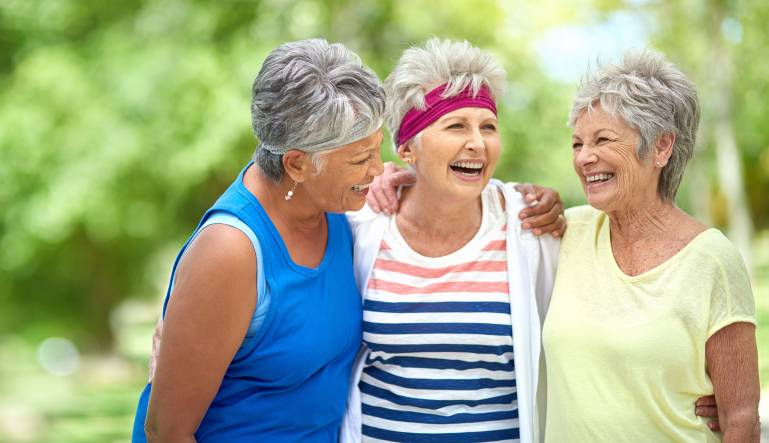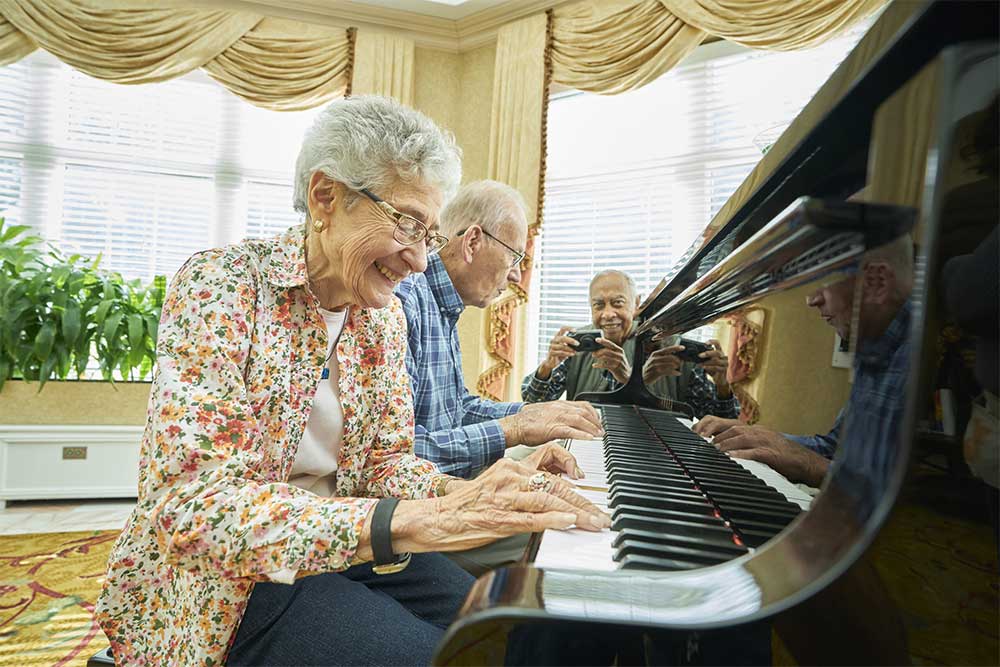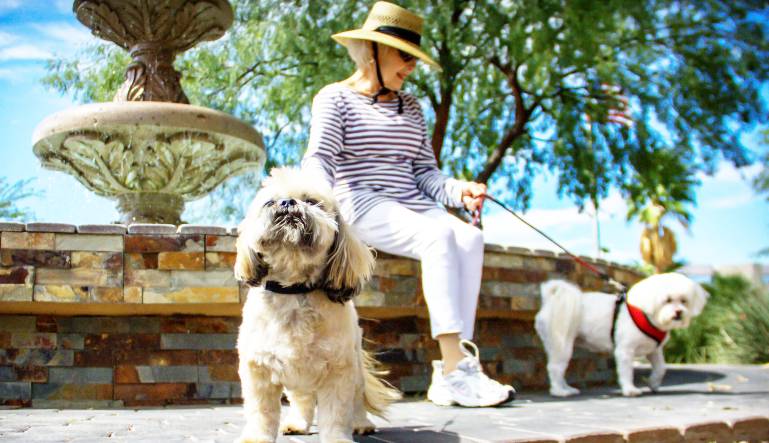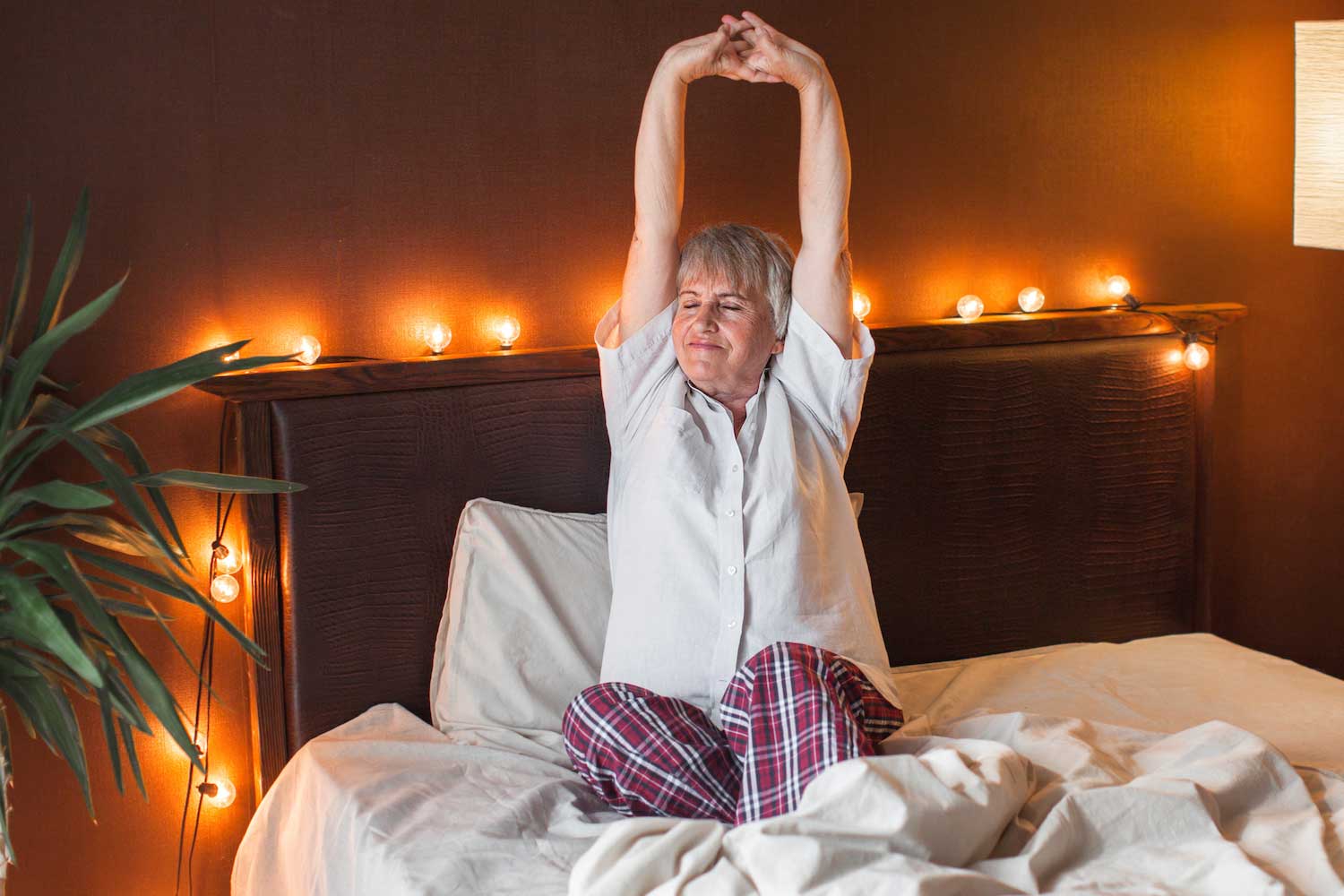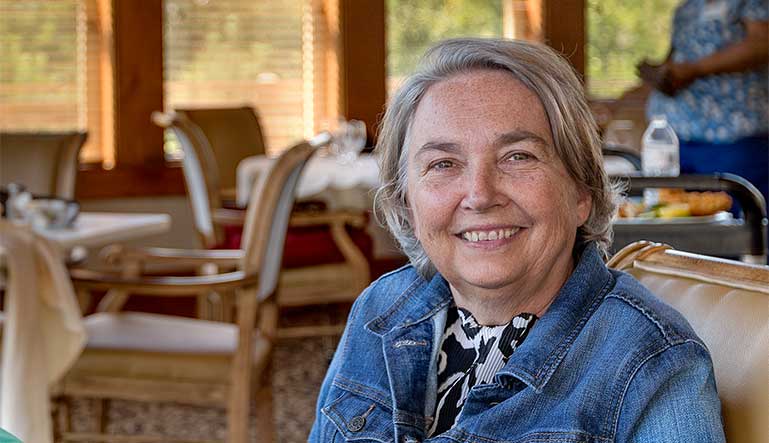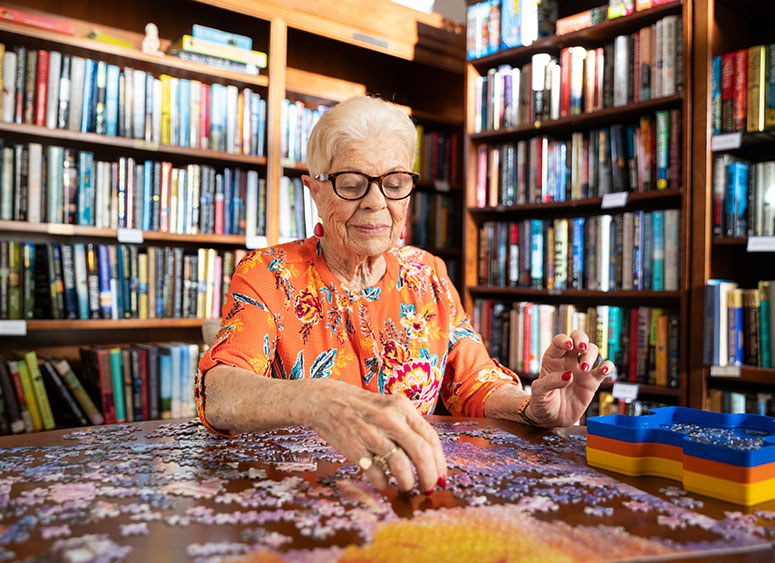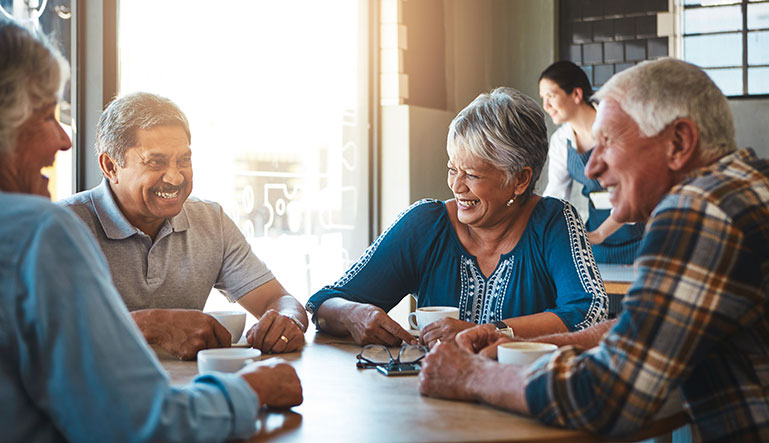Pets bring joy, companionship, and enrichment to our lives at any age, but they are uniquely beneficial to seniors by providing comfort, encouraging physical activity, and fostering social connections. Learn more about the physical, emotional, and mental health benefits pets offer seniors, as well as steps you can take to incorporate a companion animal into your life or the life of a loved one.
In This Article
Emotional and Mental Health Benefits of Pets
As we age, it’s not uncommon to experience feelings of loneliness, isolation, and even depression. Studies show that pet ownership can provide the following social and emotional benefits for older adults:
Reduced loneliness and social isolation
For seniors who live alone or who have limited mobility, having a pet can help ease feelings of loneliness and provide opportunities for social engagement. The warmth of a cat curled up in your lap or an excited, tail-wagging greeting from a dog can create a deep sense of companionship. For active older adults, walking a dog provides the opportunity to make friends with other dog owners and their dogs. And of course, talking with others about pets is a chance to share stories and pictures while bonding over a shared love of animals.
Helping to ‘live in the moment’ and feel gratitude
Unlike people, animals don’t dwell on the past or worry about the future. Interacting with them encourages us to stay present, engaging our senses—whether it’s listening to a cat’s soothing purr or feeling the comforting weight of a dog resting its head on our leg.
Stress relief and lowered anxiety levels
In addition to helping us be mindful and present, petting a cat, dog, or even a smaller pet like a bunny or guinea pig can be very calming. The rhythmic motion of stroking fur and the warmth of an animal’s presence can create feelings of safety and comfort, helping to calm the nervous system and reduce stress and anxiety. Even simply watching fish swim in a tank can have a soothing effect, promoting relaxation and lowering stress levels. Interacting with animals has been shown to decrease levels of cortisol (a stress-related hormone) and lower blood pressure.
Boosted mood and mental stimulation
The Centers for Disease Control (CDC) states that companion animals can help improve cognitive function, and it’s no surprise why! Spending time with a pet keeps human beings engaged and helps them experience deep joy. The combination of presence in the moment, social engagement, and enjoying the playfulness and cuteness of a pet helps contribute to an improved overall sense of wellbeing.
Sense of purpose and routine
After retirement, it can sometimes be difficult for older adults to maintain a sense of purpose. Having a pet helps older adults feel needed and gives them both direction and routine while making them feel grounded and providing much-needed structure.
A feeling of safety and protection
For older adults who live alone or who have impaired mobility, vision or hearing, a protective pet like a dog that can be trained to alert its owner when encountering unfamiliar people or sounds may provide a sense of reassurance and safety.
Factors for Seniors to Consider When Choosing a Pet
Adopting a pet brings joy but it is also a significant responsibility. Here are several things to keep in mind when assessing your readiness for a pet and deciding what type of pet might be right for you:
Activity level
Choose a pet that aligns with your mobility overall activity levels to ensure that you can consistently provide the engagement your pet needs without overextending yourself.
Size
When it comes to pet size, there can definitely be ‘too big’, ‘too small’, and ‘just right’. For seniors experiencing issues with balance, a large energetic dog that jumps on people can be hazardous. Similarly, a very small pet can get underfoot and cause tripping and falls.
Living space
How large a pet or how many can your living space accommodate? Do you have access to a yard or nearby green space? If you live in an apartment, condo, or senior living community, are there any rules or regulations surrounding pets that you need to consider? These factors will impact your pet choices.
Health needs
Some pets are longer-term investments than others. A hamster may live about two years, but a dog or cat can live 15-20 years, and a pet tortoise… well, with a lifespan that can reach 100 or more, they will outlive us all.
Beyond lifespan, different pets have varying care requirements that should be considered. Dogs need regular walks, training, and grooming, while cats require litter boxes and scratching posts. Small pets like hamsters and guinea pigs need clean bedding, chew toys, and proper cage maintenance. Birds need spacious cages, stimulating toys, and a specialized diet, while reptiles often require temperature-controlled enclosures and specific lighting. Additionally, all pets need appropriate food, treats, veterinary care, and attention to keep them happy and healthy. Consider your current health needs as well as your anticipated future health concerns when choosing a pet, and be sure to have a plan in place for additional support for your pet in the event that you are no longer able to care for it.
Finances
Are you able to afford the continued care of a pet? Beyond initial adoption fees and supplies, expenses can unexpectedly mount if your pet has medical emergencies, unforeseen chronic health conditions, or special dietary requirements. Ensure you are able to provide financially for your pet’s proper care and consider investing in pet insurance to help mitigate unexpected vet bills.
What are the Best Pets for Seniors?
While cats and dogs are the pets most people commonly consider, there are many different types of pets to choose from when considering an appropriate pet for an older adult. Which is right for you?
Dogs
Dogs are the most popular pet in the United States and are adored for their loyalty, playfulness, intelligence, helpfulness, and friendliness. They need care and engagement; however, many breeds require a significant amount of exercise. Depending on the breed, they can also trigger allergies, have a higher risk of health complications than others, or may be more yappy or prone to barking, which may not be ideal in a community living setting.
Popular dogs for seniors are often affectionate “lap dog” breeds that require less exercise, such as Pugs, Cavalier King Charles Spaniels, and Yorkshire Terriers (Yorkies), but it really comes down to your individual needs, preferences, and ability to care properly for an animal.
Cats
Cats are excellent pets for seniors as they require significantly less maintenance than dogs, but they have their own personalities and quirks. Choose a cat whose personality accommodates your needs and capacity for care. Perhaps you’d love chasing a playful kitten who gets into everything, but an older, snuggly lap cat may be more your style. Just remember that it can sometimes be hard to determine a cat’s true personality before getting them home, as cats can seem skittish or defensive at a shelter but end up being relaxed and affectionate once they’ve adjusted to your home.
Birds
Birds can be a good option for seniors with mobility issues since they don’t require walks and can provide comforting singing, while some can even learn to talk. However, it’s important to note that birds can also be quite vocal, which may be a drawback in an apartment setting. Some species, like parrots and cockatiels, can be especially loud, making frequent chirping, squawking, or even mimicking household noises. This could potentially disturb neighbors or create challenges in noise-restricted living environments. As with some reptiles, birds often have a longer lifespan, so this is another important factor to consider when deciding if a bird is the right pet.
Fish
Fish can be a very low-maintenance pet for seniors that can provide a sense of routine and mental stimulation. Small freshwater fish like betta require only a small tank and can be kept happy with a few shakes of food and a routine tank cleaning.
Rabbits and other rodents
Pets in the “small and furry” category like rabbits, guinea pigs, chinchillas, gerbils, hamsters, rats, and sugar gliders can all provide loving comfort to their human companions, and some can be very interactive and even learn to do tricks. Small pets like these often have unique dietary needs, healthcare requirements, and sleep schedules that are important to consider, and their lifespans vary from just a couple of years to a decade or longer.
Lifelike robotic pets
Robotic pets have been shown to have a positive effect on mood, communication, social interaction, and other markers of wellbeing in the senior community, particularly among those with dementia. Interacting with a lifelike robotic pet has been shown to help with feelings of social isolation and loneliness, and provides many of the benefits of a live animal without the responsibility or risk. For seniors who require a high amount of care or those with dementia, this can make the comfort and mental health benefits of pet ownership accessible in a safe way.
Companion Animal Alternatives to Pet Ownership
If you ultimately decide that you’re not able or not ready to own a pet of your own, don’t despair! In addition to the robotic pets mentioned above, there are a number of alternatives that can provide many of the benefits of interacting with a companion animal without the responsibilities and expenses of pet ownership.
Alternatives to owning pets for seniors include:
Pet-sitting
Get those tummy rubs and tail wags in without the daily responsibility – and even earn a little money in the process – with pet-sitting. This is also a great way to ease into pet ownership if you’re on the fence and want to get more experience interacting with different animals before deciding to adopt one of your own.
Fostering
Welcome pets into your home on a short-term basis by partnering with a local animal shelter to be a foster. This also provides the opportunity for social interaction with potential foster pet adopters, and knowing you’re aiding an organization that helps animals can provide a sense of wellbeing and purpose.
Visiting therapy animals
Many senior living communities, senior centers, libraries, and other organizations regularly offer opportunities to interact with visiting therapy animals. These are usually dogs or cats, but they can be any kind of animal – even a horse! Having the chance to interact with an animal who’s been trained to provide a calming and therapeutic presence can help boost mood, reduce stress, and provide something to look forward to.
Pet-Friendly Senior Living
At Five Star Senior Living, we prioritize life enrichment and recognize the improved emotional wellbeing that pets bring to their human companions. Many of our senior living communities are pet-friendly, meaning not only are dogs, cats and other animal companions allowed, they are regarded as full-fledged members of the community.
Many of our communities offer trails and green spaces with dedicated pet waste stations to make walks and outdoor playtime simple and convenient. If you don’t have a pet, we also provide therapy animal visits to add cuddles and cuteness to your day.
Use our community finder to locate a pet-friendly Five Star Senior Living community near you and schedule a tour today!
Contact Us Today

